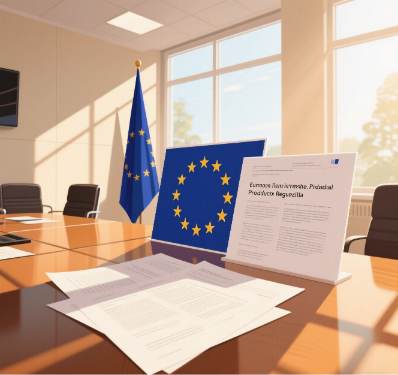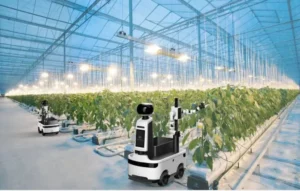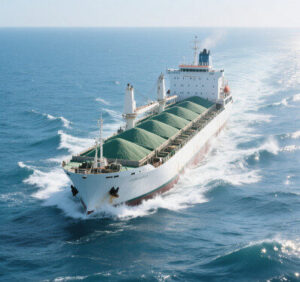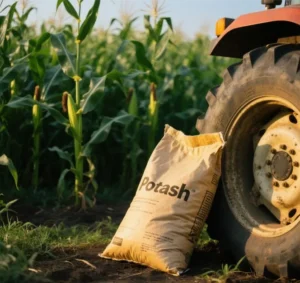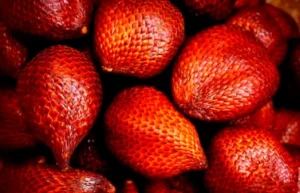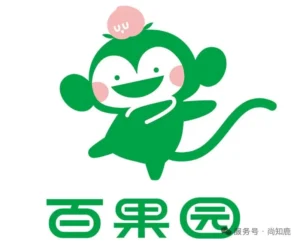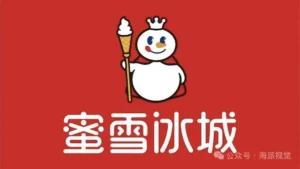The European Union’s controversial decision to impose tariffs on Russian fertilizer imports, intended to curtail Moscow’s revenue and reduce reliance on Russian supplies, has ignited a chain reaction of unintended consequences. As of August 2025, the bloc’s agricultural sector is experiencing a significant cost crisis, with fertilizer prices rising by 26% since the measures were implemented, leading to financial hardship for farmers and potentially affecting food prices. In the midst of this crisis, Russian producers have adapted by redirecting exports to alternative markets, effectively undermining the geopolitical objectives of the EU’s strategy.
The Economic Ripple Effect: Farmers Pay the Price
The impact on European farmers has been swift and severe. Cédric Benoist, Secretary-General of the French Wheat Farmers’ Association (AGPB) and head of Copa-Cogeca’s grains committee, outlined the challenge in a concise manner, stating, “We are harming our own interests.” The EU’s decision to implement a 6.5% base tariff and a €40–45 per tonne levy on Russian fertilizers, scheduled to be introduced over a three-year period starting in May 2025, has encountered challenges in aligning with global market dynamics. Russia, which accounts for over 20% of global fertilizer production and supplies 25% of EU imports, remains a pivotal player despite sanctions.
As the World Bank’s data indicates, fertilizer prices have exhibited a steady increase this year, with urea prices surging by 26.5% to reach $496 per ton between May and July. Diammonium phosphate (DAP), which experienced a decrease from $772.2 in 2022 to $550 in 2023, demonstrated a 10% recovery, reaching $736 per ton during the same period. European farmers, already facing challenges due to high energy costs and stringent environmental regulations, are now confronted with significant input expenses. Many have delayed purchases in the hope that the market will correct itself, while others are compelled to seek more expensive alternatives. “European suppliers are pricing above other regions due to hesitancy in sourcing from Russia, pushing buyers to Canada or other expensive sources,” noted independent analyst Swati Kushwaha. This dynamic exacerbates the challenge, as wheat prices in Europe have plummeted to five-year lows, resulting in squeezed profit margins.
Russian Adaptability and EU Stockpiles Under Scrutiny
While the EU’s objective was to restrict Russian revenue streams, Moscow’s fertilizer industry has demonstrated notable resilience. In June, Dmitry Tatyanin, CEO of Uralchem, stated that the company could seamlessly shift exports to other markets if needed—a prediction that has been borne out by data. According to the figures provided by the Norwegian firm Yara International, Russian fertilizer exports to Europe have increased following the invasion of Ukraine. Specifically, urea imports in the 2023–2024 period have surged by 48% above the five-quarter average from before the conflict. It appears that EU countries have increased their purchases in anticipation of impending tariffs, thereby creating a short-term supply surplus.
Fertilizers Europe Director General Antoine Hoxha acknowledged that evaluating the full impact is premature, but emphasized that EU stockpiles remain sufficient. He defended the tariffs, stating that they are a necessary step toward “strategic autonomy.” However, this optimism is in stark contrast to the immediate challenges faced by farmers. EU officials are currently considering the possibility of postponing the implementation of tariffs, should there be a further acceleration in price increases. This would be an indication of the growing political pressure on the policy.
The Balancing Act: Geopolitics vs. Economic Stability
As the crisis intensifies, European policymakers find themselves in a critical balancing act, with significant consequences at stake. Their geopolitical objective—to penalize Russia and wean the bloc off its reliance on a perceived adversary—collides with the imperative to safeguard Europe’s food security and rural livelihoods. The fertilizer tariffs have become a microcosm of this dilemma: while intended to weaken Russia’s economy, they risk compromising the EU’s agricultural foundation.
The question that arises from this is: It is imperative to determine whether the bloc can adapt its strategy in a manner that would allow it to mitigate any potential negative outcomes without relinquishing its broader geopolitical stance. The options under consideration include refining the tariff structure, accelerating support for domestic fertilizer production, or exploring diplomatic compromises. If this issue is not addressed promptly, it could result in increased costs for farmers, higher food prices for consumers, and the solidification of Russia’s export pivot in other regions. The success of Europe in navigating these challenges will shape its agricultural future and determine its geopolitical credibility in the years ahead.
Key Takeaways:
- Price Surge: The implementation of EU tariffs on Russian fertilizers has led to a 26% price increase, which has had a significant impact on farmers already grappling with cost challenges.
- Russian Resilience:The policy’s economic impact on Russia is undermined by export diversification to non-EU markets.
- Farmers’ Dilemma: Deferred purchases and costly alternatives are exacerbating financial stress amid low wheat prices.
- Policy Limbo: EU officials are considering a delay in implementing tariffs, reflecting the tension between geopolitical objectives and economic realities.
- Long-Term Risk: The bloc’s food security and rural stability are contingent on resolving the policy backfire.
As Europe grapples with this self-inflicted wound, the experiment in geopolitical sanctions on fertilizers stands as a cautionary tale about the unintended costs of economic warfare.


